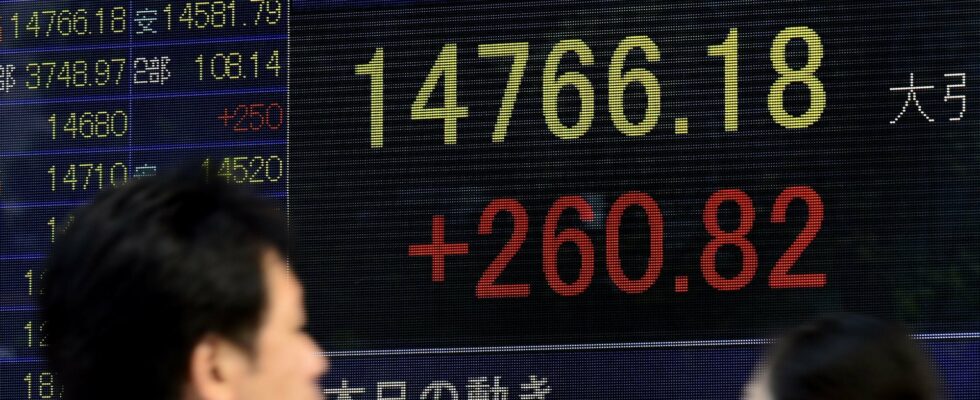The stock savings plan (PEA) is a fantastic way to invest in the stock market within a tax-advantaged framework. In fact, the gains – capital gains and dividends – are simply tax-exempt, with only social security contributions being due. The only constraint: the capital must be maintained or reinvested in the plan for at least five years after it is opened and the plan is capped at 150,000 euros in payments. And while its main purpose is to invest in European stocks, its scope of intervention is actually much broader. Here are four unsuspected uses of the PEA to use urgently.
Investing in international stocks
In theory, the PEA is limited to shares of companies based in the European Union or in Iceland, Norway and Liechtenstein, as well as funds composed of at least 75% of these same securities. Thanks to the financial technique of the swap (“exchange” in English), it is however possible to accommodate more internationalized supports. The strategy for fund managers is to compose a basket of securities respecting the constraints of the PEA, then to exchange its performance against that of a given index. The choice is increasingly vast and allows exposure to Japanese, American or global markets via the major stock market indices. To diversify your PEA, turn to different funds or ETFs, like Federal Indiciel Japon (Federal Finance Gestion) to benefit from the Japanese rebound, the iShares MSCI World Swap PEA (BlackRock) to diversify worldwide with a single support, or the Amundi PEA Nasdaq-100 UCITS ETF (Amundi) to benefit from the growth of US technology… Listed index supports also offer the advantage of supporting limited fees. Be careful, however, these products can generate an exchange rate risk on the currency.
Waiting on money market funds
The stock savings plan includes a securities account and a cash account, the latter of which can be used as a receptacle when paying dividends or as a piggy bank between two investments. In this case, another option is to invest this money in money market funds eligible for the PEA. Having fallen out of use in recent years due to rock-bottom money market rates, they have regained their former glory over the past two years. Thus, the CM-AM PEA Sérénité R (Crédit Mutuel AM) fund yielded 4.67% over one year, LBPAM 3 months (La Banque Postal AM) provided 3.98% and Fructi PEA Sérénité (Natixis IM) gained 4.02%. Enough to keep you waiting for new investment opportunities with peace of mind. However, be careful of any entry fees that you may be charged.
Integrate unlisted
While the PEA is a popular envelope for stock market investors, it can also accommodate unlisted securities: shares, investment certificates and units of limited liability companies. Please note that the plan holder, their spouse, and their ascendants and descendants must not together hold more than 25% of the company’s securities. This possibility concerns direct investments as well as via funds (in particular risky mutual funds – FCPR) or crowdfunding. Some of these products can also be housed in a PEA-PME if they respect the size limits. Please note that it is not possible to combine the advantages of the PEA with the IR-PME tax system, which allows you to reduce your tax in the event of subscribing to the capital of unlisted SMEs. The former will be more advantageous if you generate a large capital gain.
Take out a life annuity
Since the Pacte law, the terms of withdrawal from the PEA have been simplified and made more flexible. After five years, the tax advantage having been acquired, it is possible to make withdrawals from your PEA without having to pay tax. This does not result in the closure of the plan and it is still possible to make additional payments thereafter. However, it may be preferable to keep your capital there in order to withdraw as a life annuity. In this case, a sum, the amount of which depends on your outstanding balance and your age, will be paid to you until your death. From a tax point of view, the operation remains very advantageous since the annuity is completely exempt from income tax. Social security contributions of 17.2% are due on a fraction of the annuity, calculated according to your age when the payment is set up: 40% for an annuity withdrawal between the ages of 60 and 69; 30% for an withdrawal after the age of 70. It is possible to provide a reversion option for the surviving spouse.
.
